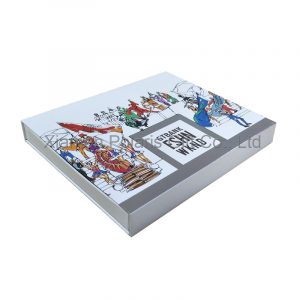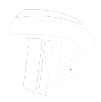Due to the defects in the process of some domestic copperplate paper, it is easy to produce varying degrees of de dusting and stretching variation, especially for single-sided coated paper, which is prone to curl and affect the accuracy of overprint. If the process of printing copper plate paper is not properly operated, it is easy to produce sticky dirt (over bottom), pulverization, slow drying, Star color, under light and so on. Therefore, the following problems should be paid attention to.
1. Before each batch of copperplate paper is put into use, a series of problems related to printing adaptability, such as smoothness, pH, absorbency, dryness, scalability and surface bonding strength, shall be tested and analyzed. Then, according to the characteristics of paper, corresponding technical measures shall be taken, such as adjusting the viscosity, fluidity, dryness and anti sticking measures of ink, so as to realize the specification Scientific production to prevent printing defects;
2. The pad technology and printing pressure debugging shall be well controlled to ensure that the printing ink layer is uniform and bright. The printing pressure of copperplate paper should be uniform and appropriate. If the pressure is too heavy, it is easy to produce the bad condition of powder dropping, and it is easy to cause the defect of unclear dot imprint, and increase the plate wear. On the contrary, it is easy to cause dot printing is not solid, and blindly increase the ink layer to make up for the printing plate printing caused by insufficient pressure. In this way, it is easy to produce the bad consequences such as dirty adhesion, slow drying, overprint and so on. Therefore, when printing copper plate paper, the pressure should be uniform and appropriate. It is better to use neutral hard material for cladding.
3. The trademark and packaging products are printed on copperplate, often with light color as the background color, and then overprinted. Due to improper printing color process, it is easy to produce some problems and affect the quality. Therefore, when preparing the base color ink, you should try to choose the heat-resistant and light resistant ink, and the diluent is best prepared with a glossy paste. It is better to put the base color in the final printing, so as to prevent the base color from rubbing and damaging the ink layer.



